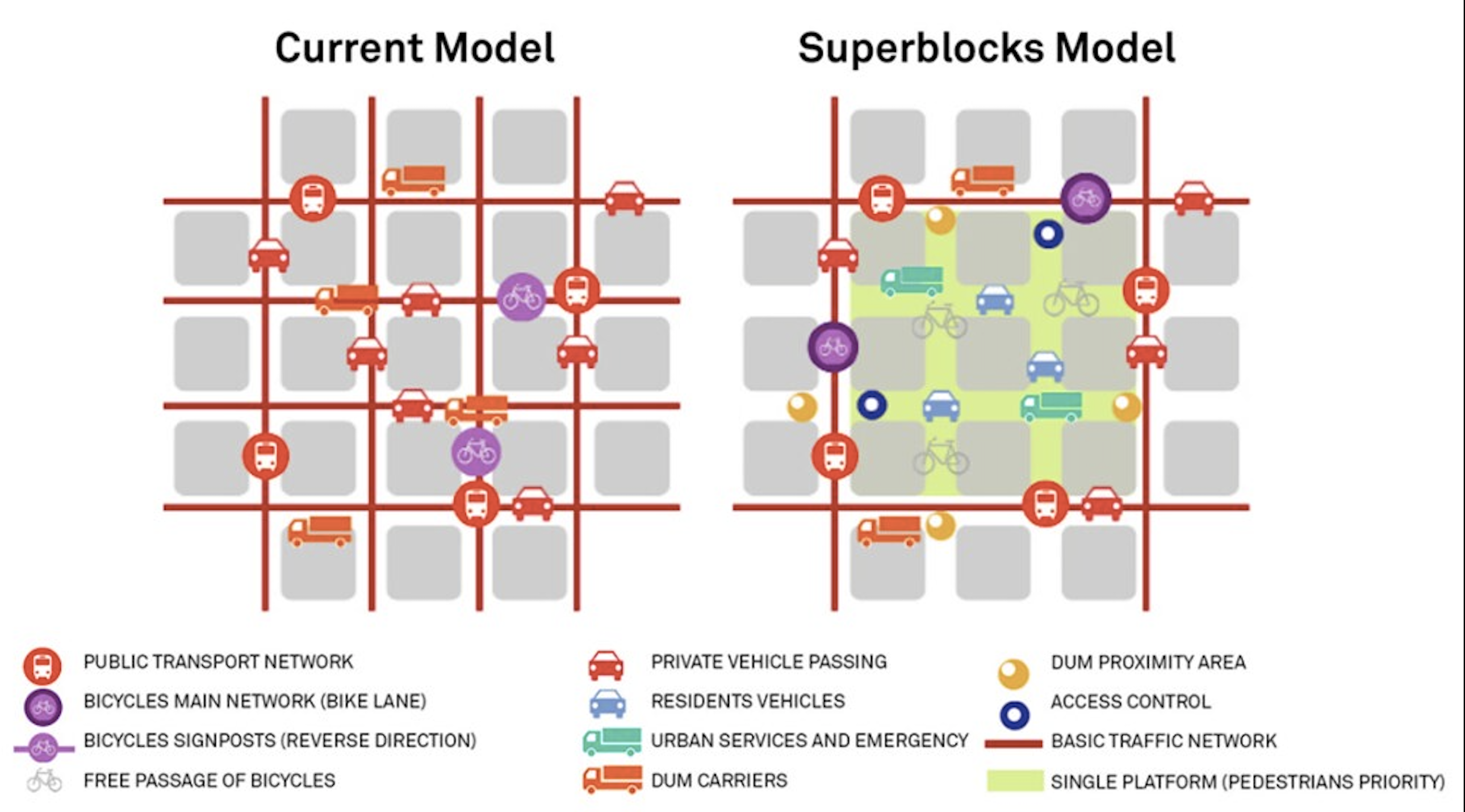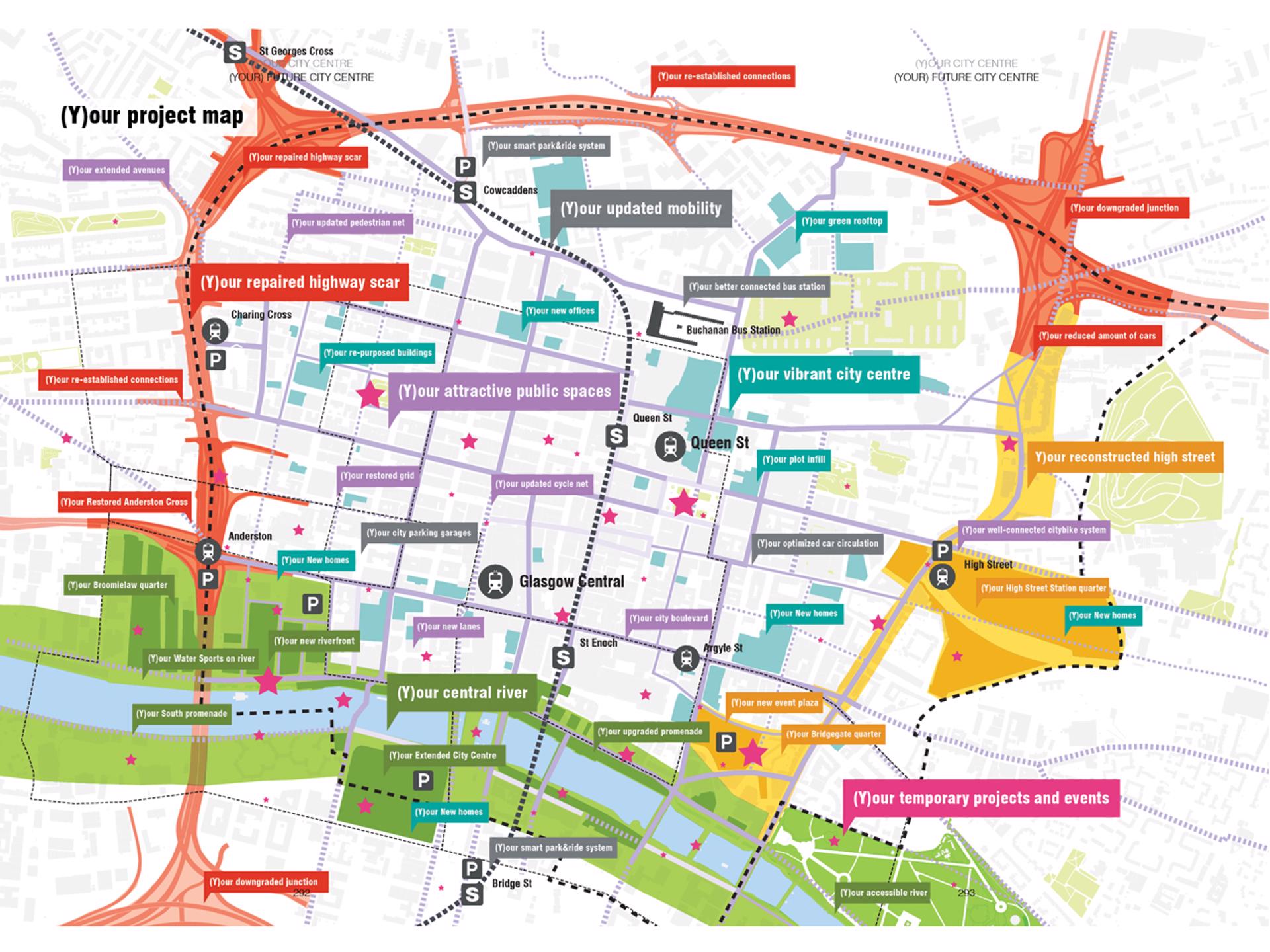The Coronavirus has highlighted many critical issues in a typical urban environment, which need to be rethought today in terms of prevention. This is the focus of the study “COVID-19 and Cities: from Urban Health Strategies to the Pandemic Challenge. A Decalogue of Public Health Opportunities”, published by Acta Biomedica and written by Professor Stefano Capolongo
“Architecture has an increasing need for tools supporting design choices, especially with regards to the impact of built environments on our health,” began prof. Stefano Capolongo, Director of the Department of Architecture, Construction Engineering and Built Environment (DABC) and coordinator of the Design & Health Lab research unit.
During the COVID-19 pandemic, the Department has set up 14 monitoring units with the aim of studying the role of the built environment in the re-opening phase. The involved sectors range from tourism to digitalization and from schools to sport venues.
More specifically, the Design & Health Lab is carrying out three lines of research. Hospital construction, on which the researchers of the Politecnico have been working for several years, including the development of Multi-Criteria Assessment (MCA) tools. It is a topic that centralizes the critical planning issues on the model of cities and, today, must focus specifically on resilience, flexibility and contagion control. For example, by designing one-way systems and modular cores that can be easily isolated and adapted.

The next important issue is the close relationship between the indoor environment and the well-being of the population. A recent study, carried out in collaboration with the University of Genoa, has highlighted and measured the correlation between the quality of the home environment and mental health during the lockdown. “Given the sample size, our statistical analyses have allowed for an objective reading of both quantitative and qualitative data, ranging from the apartment size to the number of residents, the perceived level of comfort and the view from the windows”, continued Capolongo. He also stressed that the built environment can play a preventive role in the onset of certain diseases and has become fundamental for our ability to respond to health emergencies.
The third line of research in urban health is, in fact, the subject of city planning. “Some studies that are still under development would seem to suggest a correlation between the built environment and the spread of the pandemic”. 57% of the population lives in an urban context today and this number is forecast to exceed 70% by 2050. “Life in cities brings several health benefits. Against all odds, the urban population has a longer life expectancy than people living in rural areas”. This is due to the higher level of education and the greater economic capacity in cities. Furthermore, the increased accessibility to services cannot be overlooked: put simply, hospitals are close and easily accessible. On the other hand, our cities are highly polluted, and this accounts for one third as a risk factor for public health. Living in the city increases the likelihood of developing diseases related to a sedentary lifestyle such as diabetes and obesity. These pathologies, particularly widespread in urban areas, belong to the so-called “Non-Communicable Diseases” (NCDs), i.e. chronic and degenerative illnesses such as cardiovascular conditions and cancer. WHO studies show that the globalization, the urbanization and the aging population are responsible for 87% of the incidence of these diseases in Europe.
This leads to an increasing transformation of the concept of health from a purely medical approach to a social approach. Social behavior has a major influence on the health of the population. This approach is described in the review published in Acta Biomedica in April 2020: “we interpret all the design activities, such as a park, a bicycle path, a pedestrian area, as actions of disease prevention and health promotion. In the case of COVID-19, the relationship between the urban environment and the spread of the epidemic is obvious. In the first instance there seems to be a correlation between air pollution and virus propagation or severity of symptoms. Moreover, it seems that the virus has mainly affected the elderly and people with multiple conditions, two groups representative of cities, particularly in relation to the chronic and degenerative diseases mentioned above. Therefore, safeguarding cities from these elements could affect our ability to stop a second wave of the virus,” says Capolongo. “Today, urban planning takes an urgent dimension, but COVID-19 has accelerated a process which was already underway, namely the need to make cities increasingly more sustainable, resilient and inclusive”.
In this context, for example, an urban park can be interpreted as the lungs of the city, where emergency management support functions can be quickly placed. It could host a field hospital in the city center, close to hospitals but well-isolated, preventing the spread of the contagion. Social distancing is another example. “It is an ancient practice, used particularly when vaccines and antibiotics did not exist; during the 20th century, progress in the medical field has led to prevention functions being entrusted to medicine whereas, in the past, they were carried out through isolation and good hygiene. Today we are once again in the situation of not having (for the time being) an effective vaccine or medical treatment for this virus, and cities can adapt by adopting ‘social’ instruments, or rather spatial and organizational strategies: for example, timetable planning to avoid overcrowding on public transport, without people having to travel by car”.

Another tool is neighborhood planning: to recreate accessibility of proximity services of the population within a maximum of 15 minutes on foot. “This would make physical activity possible (limiting sedentariness), allow the urban fabric to be revitalized in economic terms (another element which impacts health) and could be of great help in containing outbreaks. Neighborhood cores would be porous to each other under normal conditions but, if necessary, could be quickly isolated, avoiding general closures and intervening only where necessary and for short periods, thereby having less of an impact on the economic system”.
The review published in Acta Biomedica contains a decalogue of proposals which, starting from reflections on the Coronavirus pandemic, open up interesting scenarios for the evolution of our cities. “In this particular moment in history, cities play an important role in managing the epidemic and its long-term effects”.
This article was first published on 23 June by Politecnico di Milano.





 A unique international forum for public research organisations and companies to connect their external engagement with strategic interests around their R&D system.
A unique international forum for public research organisations and companies to connect their external engagement with strategic interests around their R&D system.